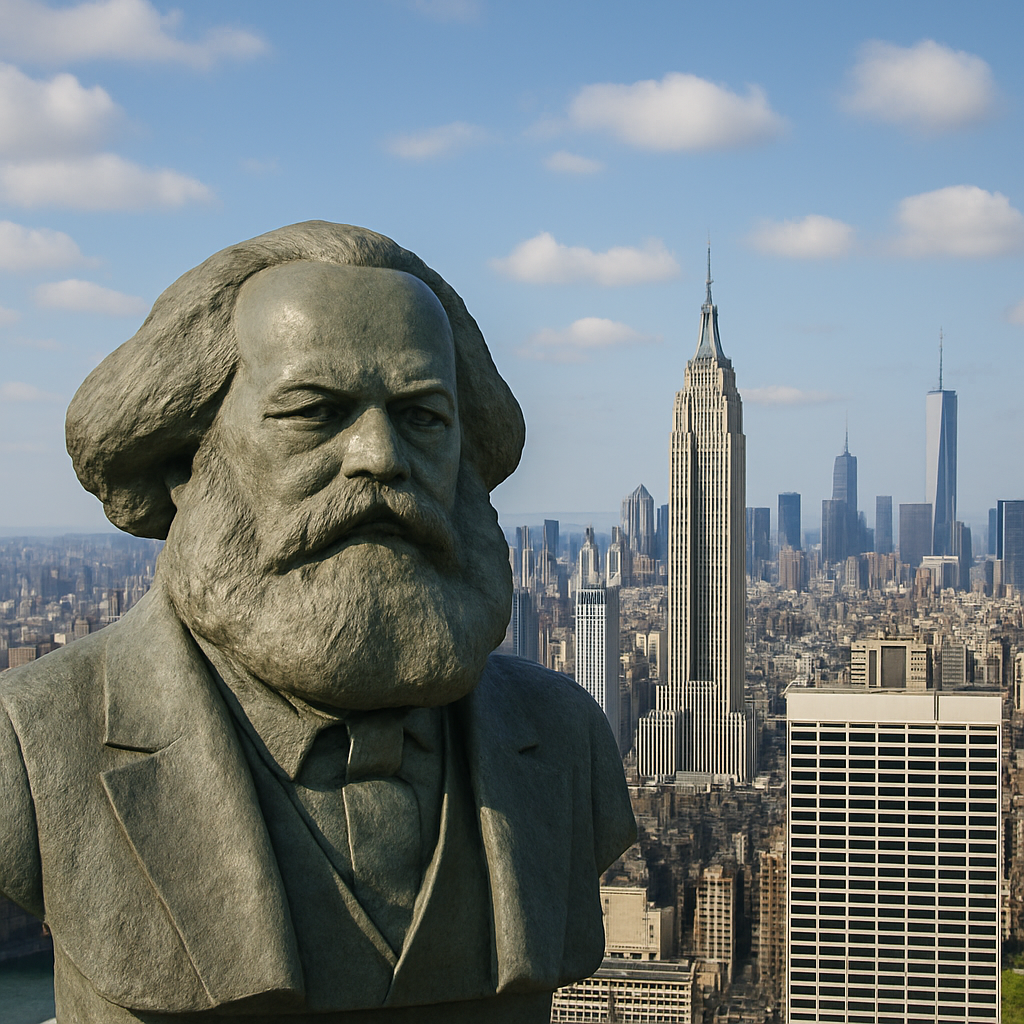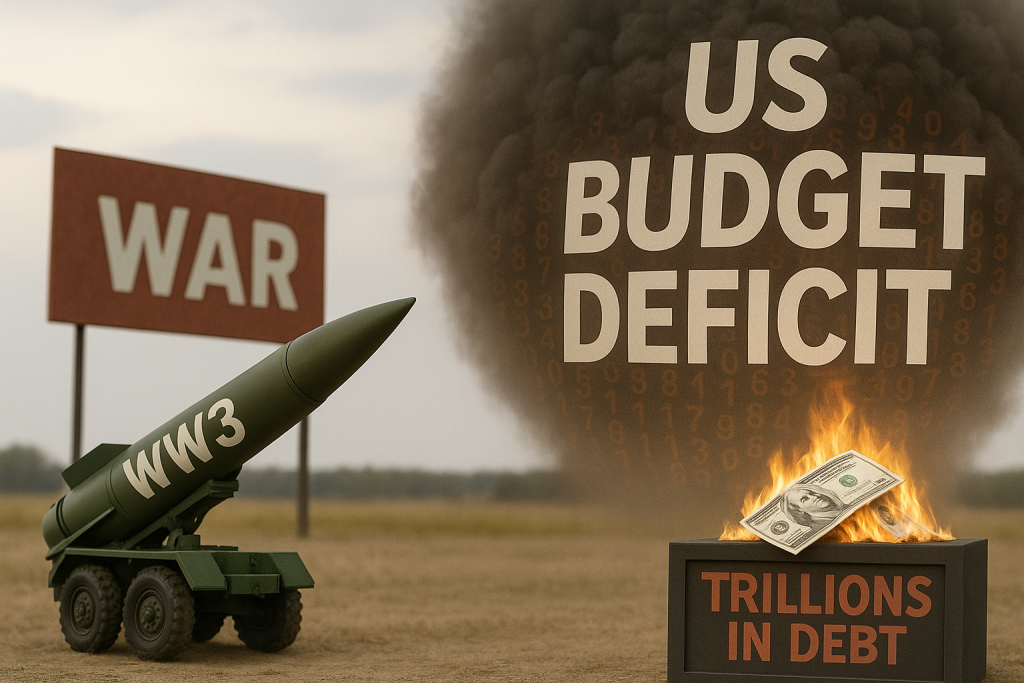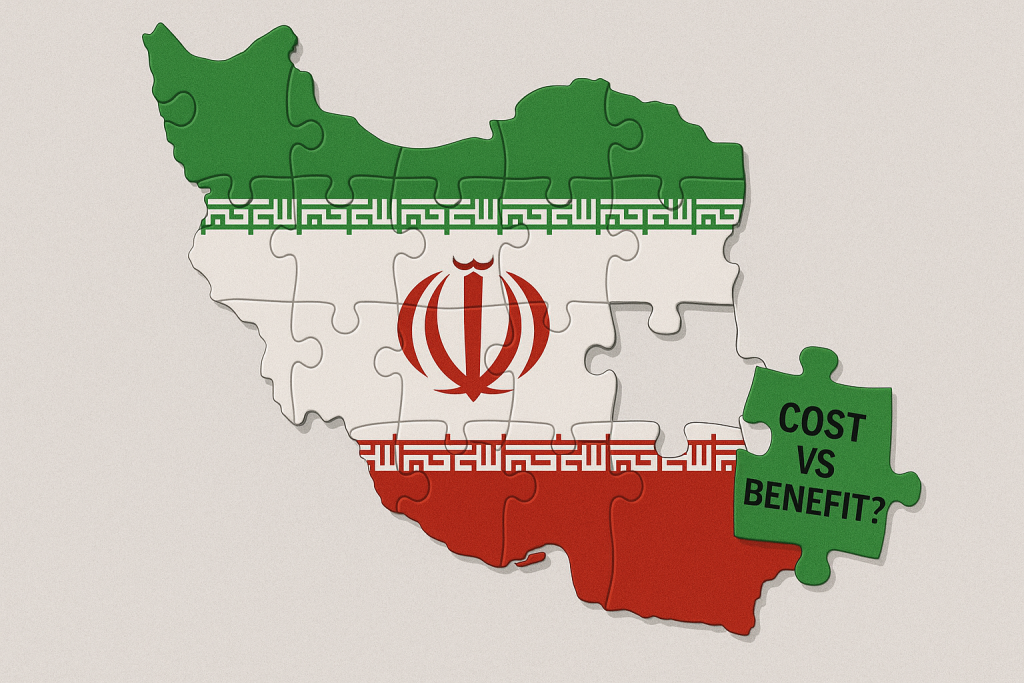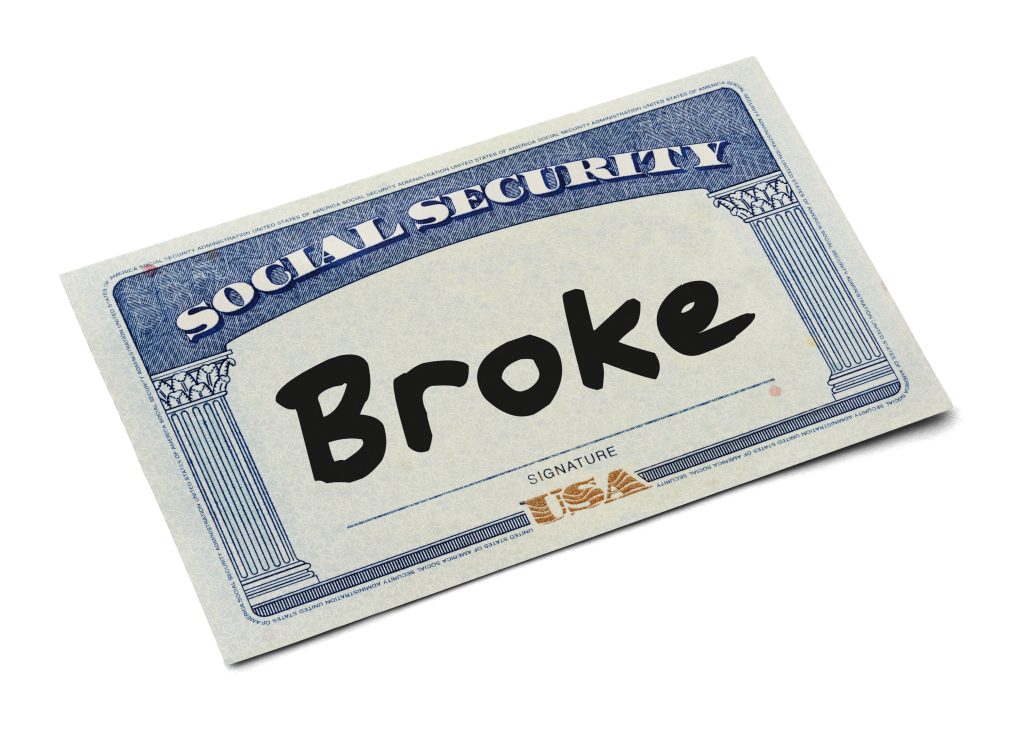It’s been nearly two weeks of whipsaw, roller coaster tariff moves and countermoves… all of which threatens to upend not only economic stability, but even the global financial system as we know it.
I can’t stress this enough: what we’re witnessing right now will almost certainly go down as one of the most monumental events in US economic history. And the consequences will have far-reaching implications far beyond a trade war or potential recession.
It’s fair to say that the approach to tariffs so far has been erratic… almost bipolar. And the instability has already caused tremendous damage to consumer, business, and investor confidence.
But last week we saw a glimmer of something that might actually look like a real strategy.
Stephen Miran is the Chairman of the Council of Economic Advisors, i.e. one of the most important people in the administration right now. And in a speech last week to the Hudson Institute, he very succinctly laid out what looks like a plan.
Some of it is completely delusional. But some of it is actually pretty smart and suggests there may be a bigger picture here. There’s still a LOT of risk about whether or not it will work, and frankly some terrible assumptions. But it’s worth understanding.
First, the delusional–
Miran explained in his speech that he believes the US generously provides the rest of the world with vital “public goods” which are very “costly” to America.
And one of those “costly” public goods, Miran states, is providing the world with US dollars and Treasury Securities. And by “Treasury Securities”, he means the US national debt.
This part is outright delusional. In Miran’s view, it’s almost as if America is doing the world a favor by racking up a $36 trillion debt. Gee aren’t we great guys for borrowing your money and running multi-trillion-dollar deficits each year?!?
Miran claims that US Treasury securities are “costly to provide”. Uh… Seriously? On the contrary, it’s an exorbitant privilege.
Having the reserve currency is the only reason why the US government gets away with such a massive debt and enormous budget deficits each year. It’s the only reason why there can be so much political chaos over and over again… yet the rest of the world still buys US Treasury securities.
These are obvious benefits. Yet Miran complains that having the world’s reserve currency is some major burden to America that the rest of the world should have to pay for…
… except that they already do! The rest of the world literally pays for the reserve currency when they buy US government bonds! Duh. Also, when they import US inflation, or when they look the other way and pretend to not notice the $36 trillion national debt.
Yet Miran weirdly believes that foreign nations do not ‘pay’ for their dollars (do they steal them?). And he outlines several ways in which the world could start paying for this vital public good.
One of those ways– and I still can’t believe he said this out loud— is that foreign countries “could simply write checks to Treasury that help us finance global public goods.”
Wow. They think Brazil should just send money to the US government each year for the privilege of buying Treasury bonds. I’m sure they would pay up with joy and gratitude.
So, this is some of the stuff that is completely delusional.
But Miran went on to describe what might be the end goal: isolating (and hurting) China while bringing back some high-tech manufacturing jobs to the US.
In fairness, not all manufacturing jobs are making socks and underwear. China does do a lot of that stuff– in fact they still produce 70% of the world’s apparel.
But China also produces mid-range goods (like automobiles, pharmaceuticals) as well as some very high-end manufactured goods (like high-tech industrial machinery).
In short, China produces across the entire value chain. And to hear Miran describe it, the goal is to ‘steal’ the low-end manufacturing (i.e. apparel, cheap trinkets, and other low margin products) from China and redistribute all of that production to other countries.
The idea is to take ~$100+ billion of revenue from Chinese factories and sprinkle those orders around Vietnam, Cambodia, Malaysia, Thailand, etc. $15 billion here, $20 billion there.
Because those countries are so much smaller, an extra ~$20 billion in exports will be a major boom for their economies, making them much more prosperous and dependent on the US.
They would obviously agree to zero tariffs and trade barriers with the US, and with their newfound prosperity, buy more US-manufactured goods.
So, in summary–
1) Destroy China’s low-end production/export sector by shifting US imports to other countries
2) Those countries agree to eliminate trade barriers
3) Their economies prosper, and they import more from the US
4) America reshores mid-range and high-end manufacturing
5) The administration cuts large numbers of government workers, freeing up labor to staff those new manufacturing jobs.
6) More jobs, more trade, more tax revenue… primarily at China’s expense.
I’m reading between the lines a bit, but this seems to be the strategy that Miran outlines.
It’s a bit devious– an attempt to take out their #1 adversary while America still has the ability to do so.
Could it work? Well, that’s far from certain.
Again, as we wrote last week, it appears that China is dumping US Treasury bonds and buying the euro in an attempt to cozy up to Europe. So, it seems the Chinese are trying to make their own deal and isolate the United States.
This is why we’re no longer witnessing a trade war. This is full-blown economic warfare… and we’ll be lucky if it remains just that.
The world’s two largest economic superpowers are now engaged in deliberate efforts to hurt one another… which means, again, this will likely go down as one of the most important events in global economic history.








